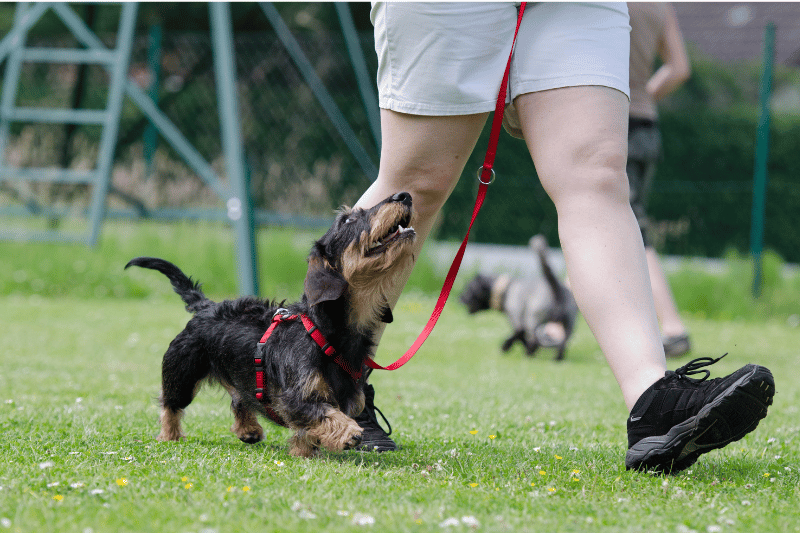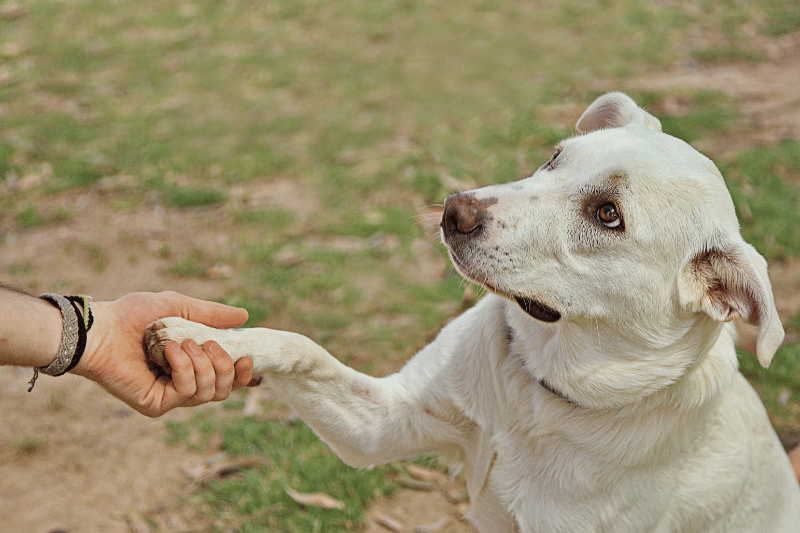Dog training is more than just teaching your furry friend to “sit” or “stay.” It’s about building a strong bond, fostering trust, and ensuring your dog becomes a well-behaved member of your family. Whether you’re a first-time pet owner or an experienced handler, effective training is the key to a happy and harmonious relationship with your dog.
In this comprehensive guide, we’ll dive deep into the world of dog training. From essential techniques and common challenges to advanced tips and real-life examples, this article is your go-to resource for all things training-related. Let’s explore how to unlock your dog’s full potential with practical, positive, and proven methods.
Why Is Dog Training Important?
1. Strengthens Your Bond
Training sessions are opportunities for you and your dog to connect. Positive reinforcement builds trust and fosters a deeper relationship.
2. Ensures Safety
A well-trained dog is less likely to engage in dangerous behaviors like running into traffic, eating harmful objects, or becoming aggressive.
3. Prevents Behavioral Issues
Proper training can curb issues such as excessive barking, chewing, jumping, and pulling on the leash.
4. Improves Quality of Life
Training provides mental stimulation and physical activity, contributing to your dog’s overall happiness and health.

Getting Started with Dog Training
Step 1: Set Clear Goals
What do you want your dog to learn? Basic obedience? House training? Advanced tricks? Defining your goals helps you create a focused training plan.
Step 2: Understand Your Dog’s Needs
Every dog is unique. Consider their breed, age, energy level, and temperament when planning your training sessions.
Step 3: Equip Yourself with the Right Tools
- Leash and Collar: Use a comfortable and secure leash. Avoid choke chains and prong collars that can cause harm.
- Clicker: A great tool for clicker training, which marks desired behaviors.
- Treats: High-value treats are essential for positive reinforcement.
- Toys: Interactive toys can keep your dog engaged and motivated.
Step 4: Create a Positive Environment
Training should be fun and rewarding for your dog. Choose a quiet space free from distractions to start.
If you have a new puppy, learn how to prepare your home to welcome your little friend.
Top Dog Training Techniques
1. Positive Reinforcement
Reward your dog for desired behaviors with treats, praise, or play. This method encourages them to repeat those actions.
- Example: When teaching “sit,” give a treat immediately after your dog sits.
- Pro Tip: Timing is crucial. Reward within seconds to reinforce the connection.
2. Clicker Training
A clicker is used to mark the exact moment your dog performs a desired behavior, followed by a reward.
- Example: Click when your dog lies down, then reward.
- Why It Works: The sound of the clicker is consistent, making it easier for your dog to understand.
3. Crate Training
A crate provides a safe space for your dog and helps with house training.
- Dos: Make the crate inviting with a soft bed and toys.
- Don’ts: Never use the crate as punishment.
4. Leash Training
Teach your dog to walk calmly beside you without pulling.
- Tip: Stop walking whenever your dog pulls. Resume only when the leash is slack. Reward them for staying close.
5. Socialization
Expose your dog to different people, environments, and other animals to reduce fear and aggression.
- Best Time: Between 8 and 16 weeks for puppies, but it’s never too late for older dogs.

Common Challenges and How to Overcome Them
1. Barking
- Why It Happens: Dogs bark to communicate, alert, or out of boredom.
- Solution: Identify the trigger and address it. Teach a “quiet” command using positive reinforcement.
2. Jumping
- Why It Happens: Dogs jump to greet or seek attention.
- Solution: Ignore them when they jump. Reward calm behavior like sitting.
3. Chewing
- Why It Happens: Teething, boredom, or anxiety.
- Solution: Provide appropriate chew toys. Redirect them if they chew on furniture.
4. Potty Training Accidents
- Why It Happens: Lack of routine or understanding.
- Solution: Take your dog out frequently, especially after meals and naps. Use consistent commands like “go potty.”
What to Avoid in Dog Training
1. Punishment
Physical punishment or yelling can damage trust and lead to fear-based behaviors.
2. Inconsistency
Dogs thrive on routine. Mixed signals can confuse them and slow their progress.
3. Unrealistic Expectations
Training takes time. Be patient and celebrate small victories.
Advanced Training Tips
1. Teach Tricks
Once your dog masters basic commands, try advanced tricks like “roll over,” “play dead,” or “fetch.” It’s fun and mentally stimulating.
2. Agility Training
For active breeds, agility courses provide excellent physical and mental exercise.
3. Service Training
Teach specific tasks like fetching items or alerting you to sounds, especially if your dog will be a service animal.
Real-Life Example: Training Success Story
Meet Max, a 2-year-old Labrador Retriever with a habit of jumping on guests. Through consistent positive reinforcement, Max learned to sit politely whenever the doorbell rang. His owner rewarded him for staying calm, and within weeks, Max transformed from a jumper to a gentleman.
The Path to a Well-Trained Dog
Training your dog isn’t just about obedience—it’s about building a lifelong bond based on trust, respect, and love. Whether you’re focusing on basic commands or advanced tricks, the key is patience, consistency, and positive reinforcement. By following the tips and techniques in this guide, you’ll not only have a well-behaved dog but also a happier and healthier one.
Remember, every dog is unique. Tailor your approach to suit their personality and needs. And most importantly, enjoy the journey. A trained dog is a joy to have, but the process of getting there is where the magic happens. Happy training! 🐾


